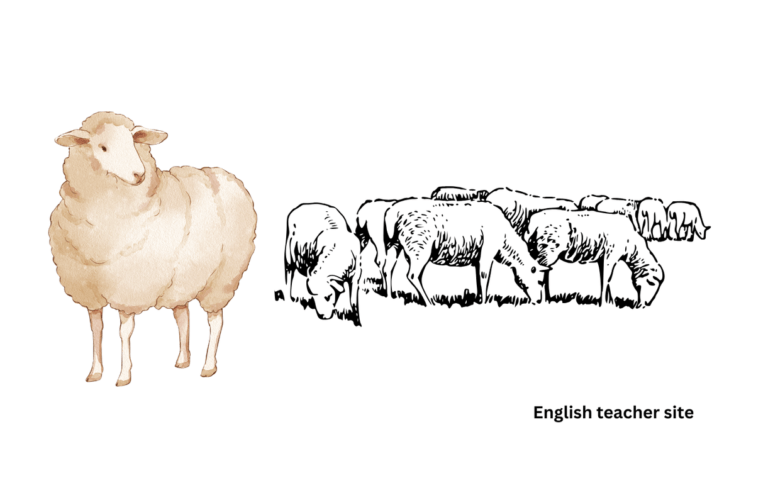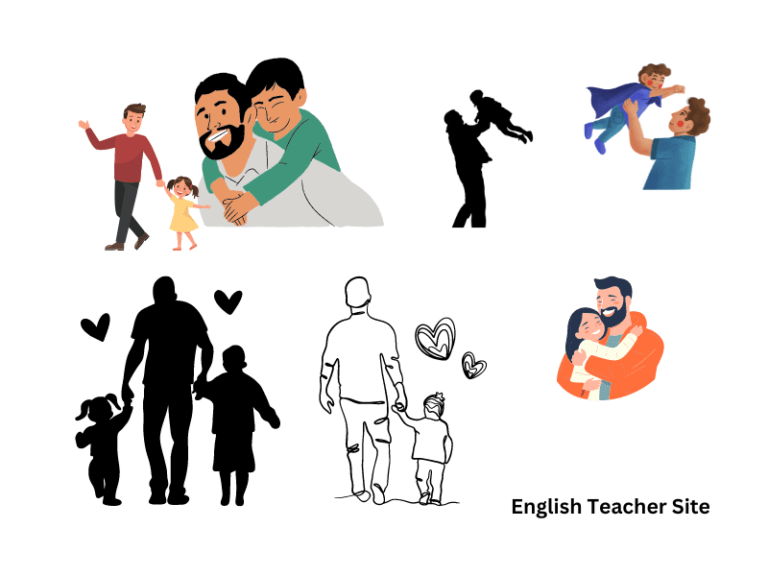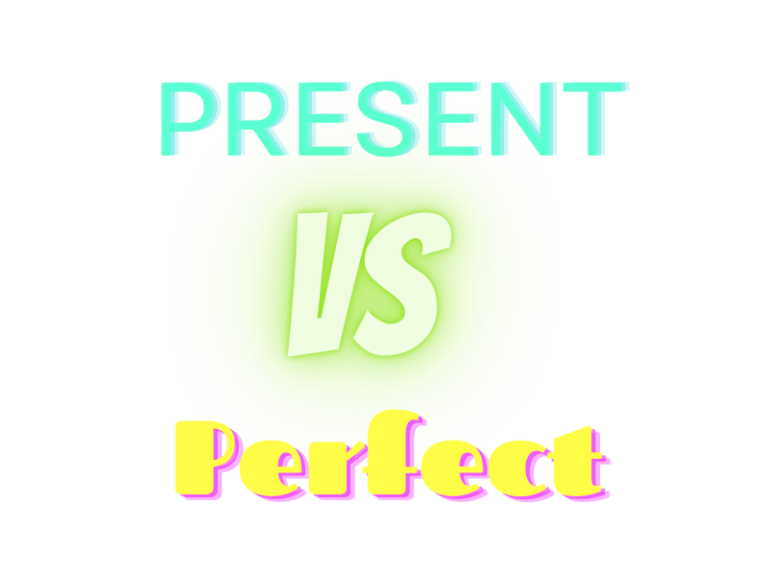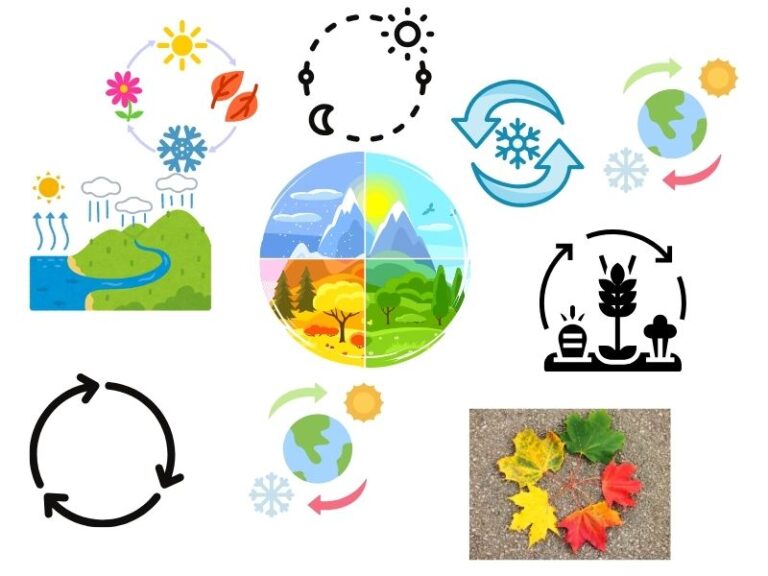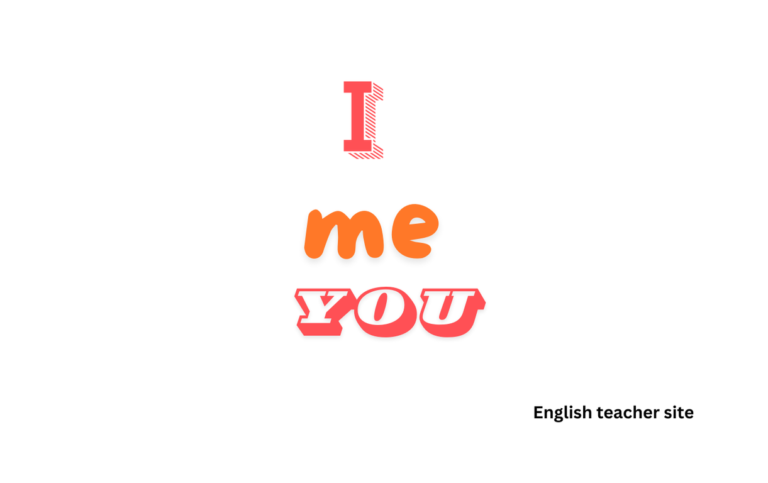Types of Adjectives: Exploring the Versatile Parts of Speech
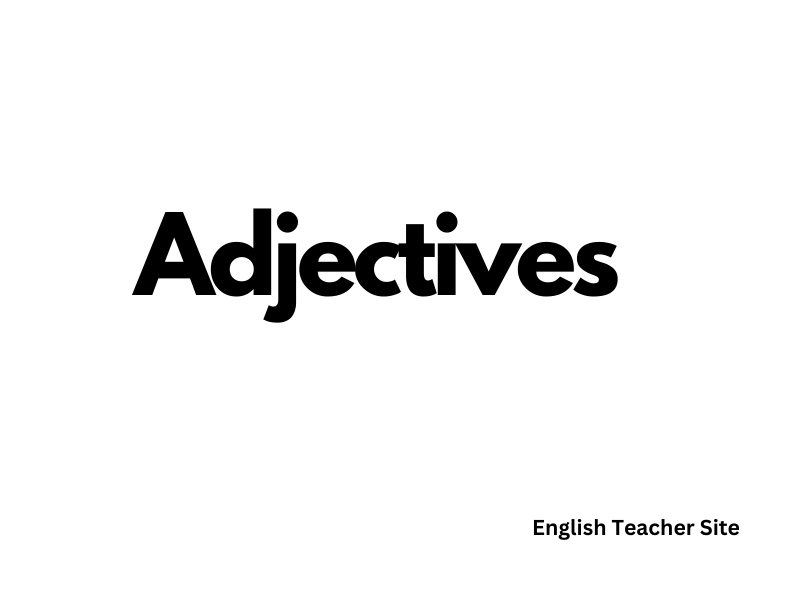
- Adjectives provide specificity and detail to nouns and pronouns.
- There are various types of adjectives that serve distinct functions.
- Mastery of adjective use enhances clarity and style in communication.
Adjectives are an integral part of speech that enhance our language by providing detail and specificity to nouns and pronouns. They allow speakers and writers to convey not just more information, but the right kind of information, shaping how we picture a scene, character, or concept. By modifying nouns, adjectives enable us to distinguish between a ‘whispering wind’ and a ‘howling wind,’ giving our descriptions the power to affect emotions and perceptions.
Types of Adjectives Parts of Speech
Adjectives play a crucial role in the English language by providing detail and specificity to nouns. Below are the distinct categories of adjectives, each serving a unique function in speech and writing.
Descriptive Adjectives
Descriptive adjectives, also known as qualitative adjectives, add detail and express characteristics of a noun. They answer the question “What kind?” by describing qualities like color, shape, taste, and more.
- Examples:
- small
- blue
- spicy
Quantitative Adjectives
These adjectives denote exact or approximate numbers of nouns, providing information on “How many?” or “How much?” They specify quantity and allow for clear numerical expressions.
- Examples:
- one
- several
- many
Demonstrative Adjectives
Demonstrative adjectives point out and determine specific nouns. This category includes adjectives that help to identify which particular item or items one is referring to and their proximity to the speaker.
- Examples:
- this
- those
- that
Possessive Adjectives
Possessive adjectives signify ownership, association, or a relationship to a noun, indicating “Whose?” they are. They immediately precede the noun they modify without the need for an apostrophe.
- Examples:
- her
- our
- their
Interrogative Adjectives
Interrogative adjectives are used to ask questions. They modify nouns in question form and are always followed by the noun they modify.
- Examples:
- which
- what
- whose
Indefinite Adjectives
Indefinite adjectives describe nouns in a vague or general sense. They do not specify the exact number but refer to any or all of a given amount or kind.
- Examples:
- all
- few
- many
Distributive Adjectives
Distributive adjectives refer to individual elements within a group. They focus on the individuality of elements, rather than the collective.
- Examples:
- each
- every
- either
To further elucidate these categories, consider the following tables, which feature examples of descriptive and quantitative adjectives:
Table 1: Descriptive Adjectives
| Adjective | Example Sentence |
|---|---|
| Old | The old castle stands on the hill. |
| Silky | She wore a silky dress to the ball. |
| Loud | The loud music could be heard blocks away. |
Table 2: Quantitative Adjectives
| Adjective | Example Sentence |
|---|---|
| Few | Few people have that kind of talent. |
| Several | I’ve told you several times already. |
| Numerous | Numerous stars dot the night sky. |
Adjectives are integral to articulating detailed and nuanced thoughts, and mastering their use is essential for effective communication in English.
Types of adjectives: comparisons vs superlatives
Adjectives are essential in the English language, as they provide detail and specificity to nouns. Among the various types of adjectives, comparative and superlative forms express different degrees of comparison.
Comparative Adjectives
Comparative adjectives signify that something has more or less of a quality when compared to another thing. Comparatives often end in “-er” or are preceded by “more” or “less.”
Examples of Comparative Adjectives:
- Smaller
- Taller
- More interesting
- Less common
Usage in Sentences:
- He is taller than his sister.
- This puzzle is less complicated than the last one.
Superlative Adjectives
Superlative adjectives denote the highest or lowest degree of a quality in comparison to a group. Superlatives typically end in “-est” or are preceded by “most” or “least.”
Examples of Superlative Adjectives:
- Smallest
- Tallest
- Most fascinating
- Least expensive
Usage in Sentences:
- She climbed the tallest mountain in the region.
- That model is the least expensive option available.
| Comparative Adjectives | Example Sentences |
|---|---|
| quicker | The train is quicker than the bus. |
| more beautiful | That painting is more beautiful than this one. |
| Superlative Adjectives | Example Sentences |
|---|---|
| highest | Everest is the highest peak in the world. |
| most beautiful | She is the most beautiful in the room. |
In use, it’s important to remember that comparatives are used for one-on-one comparisons, while superlatives are for comparing one entity against a group. When selecting the appropriate form, the base adjective’s syllable count can influence its comparative and superlative forms.
- Single-syllable adjectives typically add “-er” for the comparative and “-est” for the superlative.
- Two-syllable adjectives often add “-er” and “-est,” but some require “more” and “most.”
- Adjectives with three or more syllables always use “more” for the comparative and “most” for the superlative.
Illustrative Table:
| Adjective (One Syllable) | Comparative | Superlative |
|---|---|---|
| Fast | Faster | Fastest |
| Adjective (Three Syllables) | Comparative | Superlative |
|---|---|---|
| Beautiful | More beautiful | Most beautiful |
By mastering comparatives and superlatives, one can effectively describe relationships between objects and signify their qualities to the fullest degree.
Functions of Adjectives
Adjectives play a critical role in the English language by modifying nouns and providing additional information about them. They deliver specificity and detail, allowing speakers and writers to convey precise meaning and imagery.
Attributive Function
An attributive adjective directly precedes and modifies a noun within a sentence. It usually appears in the noun phrase alongside the noun it describes, adding specific details to help identify or qualify the noun.
- Example: In the phrase “a tranquil garden,” “tranquil” is an attributive adjective describing the noun “garden.”
Predicative Function
A predicative adjective is connected to a noun via a linking verb, such as ‘be’ or ‘seem.’ This type of adjective provides information about the noun’s state or condition after the verb, rather than directly before the noun.
- Example: In the sentence “The garden is tranquil,” “tranquil” is a predicative adjective linked to the noun “garden” by the verb “is.”
Nominal Function
Lastly, some adjectives can serve a nominal function, where an adjective is used as a noun within a sentence. Usually, this happens with proper adjectives or when adjectives describe a group of people.
- Example: The phrase “the rich and the poor” uses “rich” and “poor” as adjectives nominally, representing people who are wealthy or lack wealth, respectively.
My name is Khamis Maiouf. I am the creator of the English Teacher Site, dedicated to providing valuable resources and insights for students around the world. With a passion for education and a commitment to helping students enhance their skills, I aim to make English teaching more effective and enjoyable for both educators and students.

